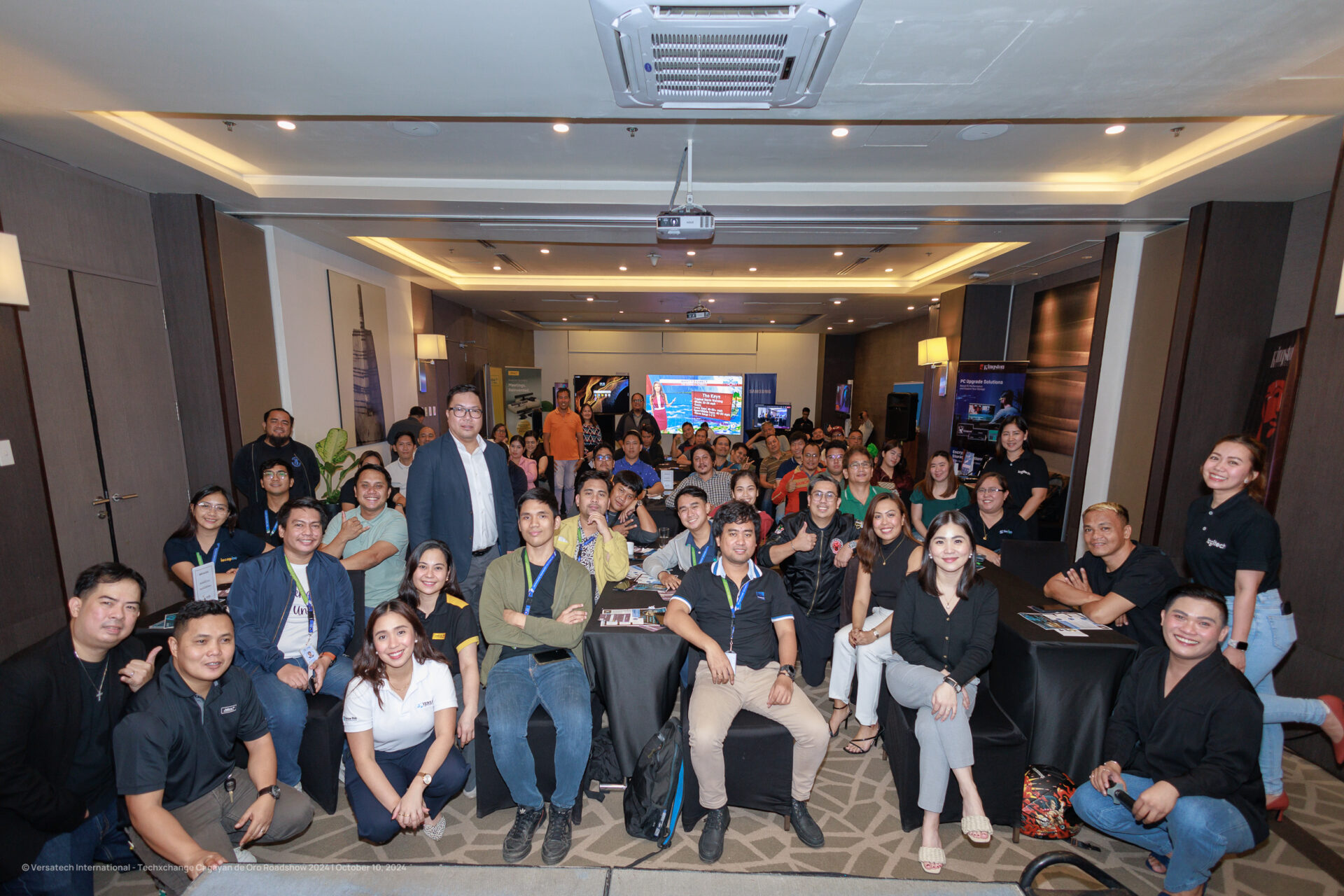As digitization, increased device load, and more demanding IoT devices become the norm, businesses are increasingly forced to optimize and upgrade IT and It systems. During optimization, many choose either software or hardware upgrades, implementing new servers, new clients, and mainframes or software and platforms like operating systems, applications, and networks.
If you’re planning to upgrade or optimize your IT infrastructure, chances are, you actually need both. Any IT implementation will be strongly affected by both software and hardware, and both should be upgraded or optimized simultaneously to ensure comparable performance, quality, and versatility.
However, there are also cases where strong hardware is held back by poor-performing digital infrastructure or vice-versa.
Hardware components of IT infrastructure
IT infrastructure is composed of numerous interconnecting components, most of which heavily rely on each other.
Computers – Computers include server machines, client machines, and modem mainframes which may be mounted in a data center or across your organization
Data management and storage – Database management is handled by software and hardware, with disk arrays tape libraries, and storage area networks connecting devices across networks. All of this data is handled by database management software.
Routers and Modems – Physical network clients exist to process traffic, broadcast signals, link devices and connect to broader networks such as Internet.
Each of these hardware components dramatically affects storage, speed, latency, data loss, efficiency, and quality. Whether specific IT services are networked, storage-related, or about data transfer, hardware will play a large role.
Upgrading hardware typically means expanding capacity, improving connections, and sometimes simplifying systems. This might mean expanding the physical number of servers on a network or replacing existing servers with higher capacity models.
- Does the hardware perform to the standards of software?
- Is hardware physically capable of meeting infrastructure needs?
- Does the hardware require frequent maintenance or repair?
- Do hardware solutions provide all desired features or qualities?
- Do your hardware solutions meet needs for the next 6-18 months?
- Are latency or data-loss issues linked to hardware issues such as poor transfer, bottlenecks, or overworked/idle servers?
- Are network issues related to hardware in any way?
Answering these questions can give you a good idea of whether your hardware solutions require optimization or upgrade.
Software in IT infrastructure
Most visible IT infrastructure is handled on software and platforms or operating systems, each of which can have as much or more impact than hardware.
Operating Systems – Operating systems power client computers, servers, and some network management. Most are Windows or UNIX.
Applications – Applications such as Oracle and SAP power networks, servers, and infrastructure. They might also include solutions to monitor networks such as agents, client server software, and even cloud and access management software.
Networking Platforms – Windows Server, Novell, Linux, Unix, and other platforms power networks like LAN and WAN. This typically overlaps with general networking and web interfaces
Upgrading or improving these systems can create dramatic changes to a network. For example, most platforms actively affect processing and speed, applications affect functionality, and networking platforms affect data transfer, load, and the capacity of the network as a whole.
Upgrading any of this software could increase the capacity and capability of an existing hardware solution, and sometimes quite considerably. However, poor hardware can also limit good software.
- Where are issues usually happening? If software related, what are they linked to?
- Does database management software meet needs?
- Does existing software handle desired functionality and operations? E.g. can you automate It processes with existing software?
- Do monitoring tools provide the data needed to manage and prevent issues or make decisions?
- Can network load be shaped and modulated with existing solutions?
- Do network management tools include user access management and governance tools?
- Are latency, reimaging, or other issues related to software?
- Is software compatible with all applications desired or required for the organization?
- Does IT functionality meet communication and connectivity goals?
Here, it’s important to look at your network as a whole, examine its capabilities, and review where and how software and hardware works together.
Most organizations will find that software and hardware tend to be fairly well balanced. However, most software can be easily upgraded and replaced by simply changing a subscription or installing a new solution. Hardware often has to be physically installed and cabled in a way that improves efficiency.
Optimizing your IT infrastructure
The first step to optimizing your IT infrastructure is to audit your infrastructure as a whole. You can use this audit to determine actual capacity and actual problems, and then compare this to a blueprint of desired performance. This will give you a very good idea of where and how to make changes.
For example, if your business goal is to increase total network users by 20% in 12 months, you could determine that network load has to increase accordingly. Comparing the capacity of your existing infrastructure might tell you that you could physically meet needs by integrating a server expansion while retaining existing hardware but that you also have to scale up management or add automation to make the expansion work.
Here, outsourcing IT infrastructure to third-party, switching to cloud networking or servers, and bringing in third-party analysis can be hugely beneficial. A managed services provider can offer upgrades to both hardware and software more affordably, while reducing the need to re-train existing IT staff around upgrades.
Outsourced IT also offers scalability and stability, because you can easily add on additional local hardware or cloud servers to your network without taking the time to analyze systems and physically re-cable. When re-cabling is required, your infrastructure partner will handle it for you.
Most importantly, an IT partner will offer continuous monitoring and optimization to ensure your infrastructure remains in peak condition and is always optimized for your organization and its growth or current needs.
Optimizing IT infrastructure is often-needed but it requires an in-depth understanding of your infrastructure and your options. In most cases, this will mean both hardware and software upgrades or optimization, even when those changes are as simple as changing cable layouts and reassigning servers to boost efficiency.






